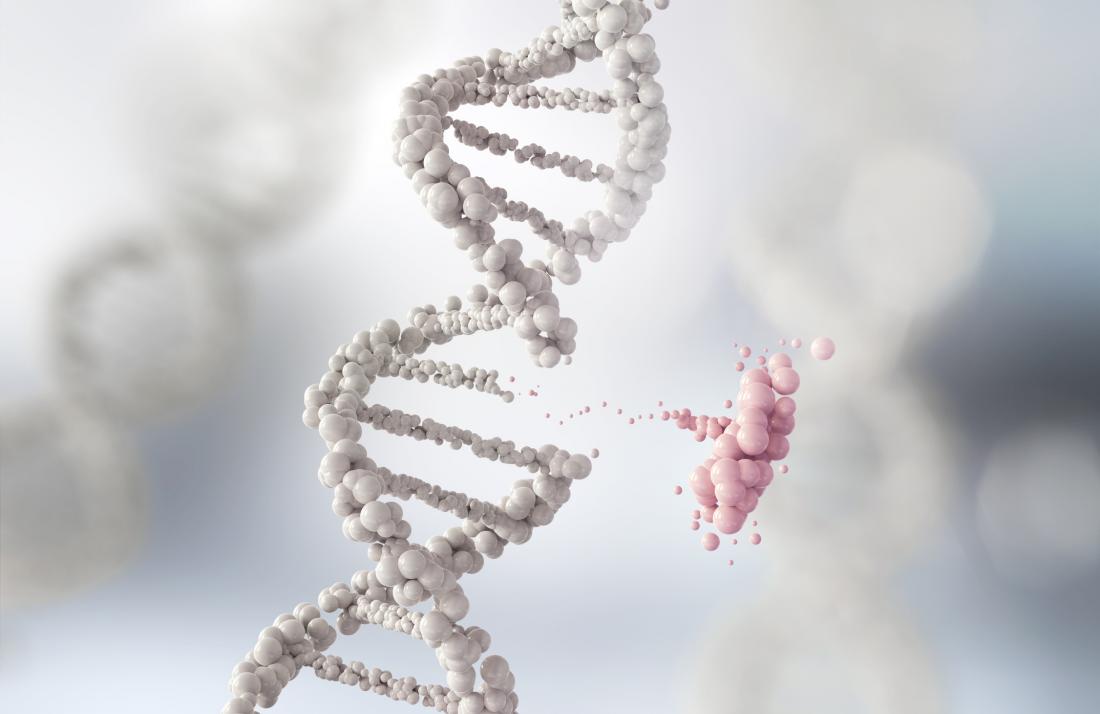The discovery that plants safeguard their most important genes alters our understanding of evolution.
According to recent study from the Max Planck Institute for Biology Tübingen in Germany and the University of California Davis in the United States, DNA mutations do not arise as randomly as previously thought. The results have the potential to drastically alter our understanding of evolution.
Defeating the Odds in Mutation’s Gamble
The discoveries have far-reaching ramifications, ranging from improved understanding of agricultural domestication to forecasts of the mutational landscape in tumors. Mutations, which arise when DNA is broken and not corrected, are the primary driving force behind evolution.
A major tenet of Darwin’s theory of evolution is that they occur at random, and that only natural selection controls which genes change more swiftly and which change more slowly throughout time.
This fundamental premise has recently been challenged.
Grey Monroe, an associate professor in the UC Davis Department of Plant Sciences and the paper’s lead author, adds that experts always thought of mutations happening simply by random throughout the genome. However, it now seems that the pattern of mutation is not only non-random, but also non-random in a manner that helps the plant.
This is a fundamentally unique take on mutation and the way evolution works, as stated by Detlef Weigel, senior author of the paper and scientific director at the Max Planck Institute for Biology.
Plants With Hazardous Mutations are Being Protected
Arabidopsis thaliana, a widely spread weed, was grown in a protected lab setting where all plants, even those with deleterious mutations, could thrive. Such deleterious mutations would ordinarily be promptly eradicated by natural selection forces and hence vanish before they could be seen.
The scientist was able to spot thousands of mutations as they occurred by scanning the genomes of hundreds of lab produced plants. Sophisticated statistical analysis indicated that these mutations were not dispersed randomly throughout the genome, as the researchers had predicted.
Instead, scientists discovered sections of the genome where mutations were very uncommon, as well as others where mutations were quite abundant. Genes required in every cell and hence important for plant viability were considerably outnumbered in areas with minimal alterations.
Weigel noted:
“These are regions of the genome most sensitive to harmful effects of new mutations and DNA damage repair seems therefore to be particularly effective in these regions.”
It’s as if evolution is playing with loaded dice — it reduces the danger of causing harm to the most important genes.

A Fresh Look at Traditional Evolutionary Theory
The researchers discovered that the various kinds of proteins that wrap DNA in the cell nucleus are substantially associated with the occurrence of mutations. Monroe adds that it provides scientists a solid picture of what’s going on and allows us to anticipate which genes are more likely to change than others.
Weigel said, emphasizing how surprising the findings were in light of conventional evolutionary theory, that it has long been recognized that throughout the course of evolution, some parts of the genome collect more mutations than other sections.
He continues that at first sight, what scientists discovered seemed to contradict common belief that this simply reflects natural selection deleting most mutations before they can be noticed. Despite the unequal distribution of mutations in a normal genome, the critical sections are not completely free of them, and these regions may therefore change, although at a slower rate than other portions of the genome.
Future Applications in Breeding and Medical Research
Monroe explains that the plant has devised a mechanism to safeguard its most vital genes from mutation which is intriguing because we may be able to utilize these findings to consider how to safeguard human genes against mutation.
In the future, they might be used to forecast which genes are good breeding targets because they develop quickly, or which are likely to cause illness in humans.
The majority of the research was done at the Max Planck Institute for Biology (previously the Max Planck Institute for Developmental Biology), and it is currently being done there as well as at UC Davis.
Carnegie Institution for Science, Stanford University, Westfield State University, University of Montpellier, Uppsala University, College of Charleston, and South Dakota State University all contributed to the study.
The Max Planck Society provided financing, which was supplemented by the National Science Foundation and the German Research Foundation.
Reference: “Mutation bias reflects natural selection in Arabidopsis thaliana” by J. Grey Monroe, Thanvi Srikant, Pablo Carbonell-Bejerano, Claude Becker, Mariele Lensink, Moises Exposito-Alonso, Marie Klein, Julia Hildebrandt, Manuela Neumann, Daniel Kliebenstein, Mao-Lun Weng, Eric Imbert, Jon Ågren, Matthew T. Rutter, Charles B. Fenster and Detlef Weigel, 12 January 2022, Nature.












Leave a Reply